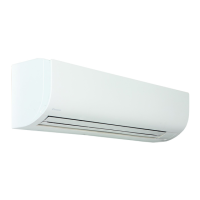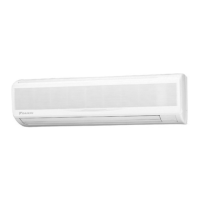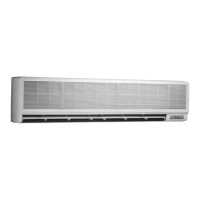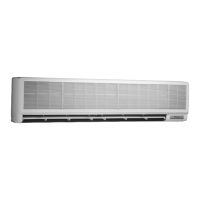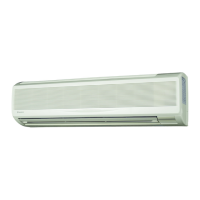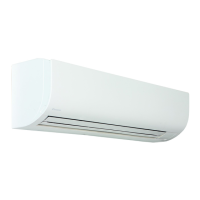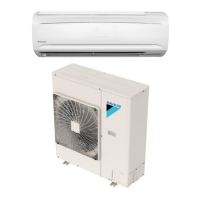Why Daikin Air Conditioner system does not operate at all?
- JJames HillAug 15, 2025
If your Daikin Air Conditioner system isn't operating at all, here are a few things to check: * First, see if there's a power failure and wait until power is restored. * Second, check for any blown fuses and turn off the power supply. * Third, check if the breaker is blown and turn the power on with the breaker switch in the ON position.



